in Issue & Trend
Korean Issue Highlights
Korean Issues Timeline
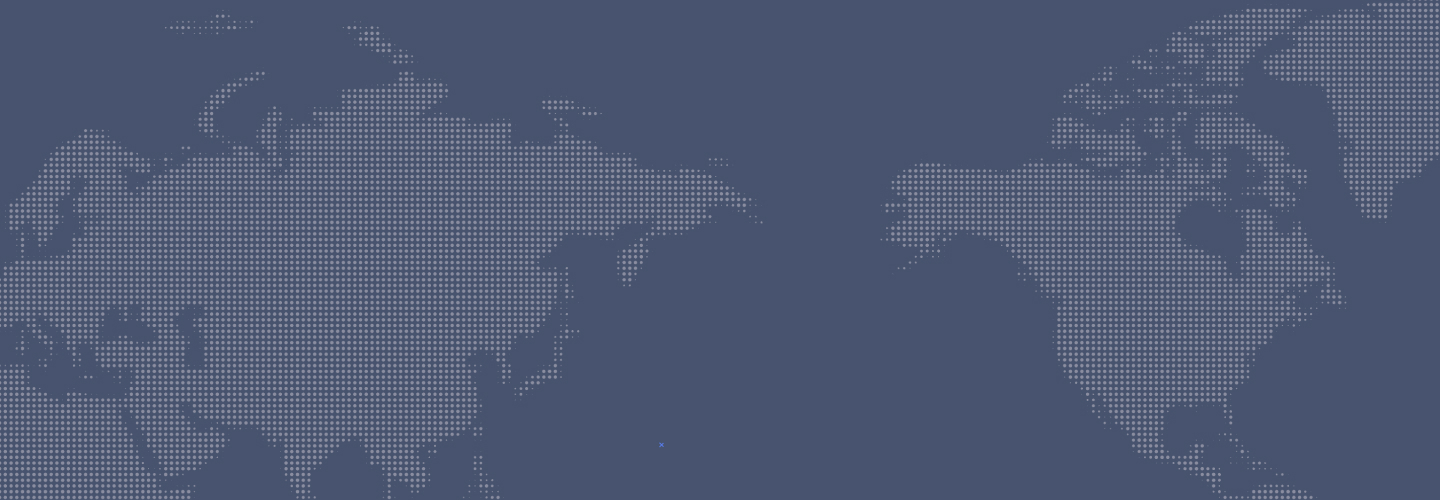
Korean Issues Timeline
September
September 11
Domestic Recovery Debate: Conflicting Views
At the Ministerial Meeting on International Economic Affairs on September 6, Sang-mok Choi, Deputy Prime Minister and Minister of Economy and Finance, stated that improving export conditions were driving economic growth, with domestic demand gradually recovering. However, the Korea Development Institute (KDI) offered a contrasting assessment in its September Economic Trends report, stating, “Despite strong export growth, the Korean economy is showing signs of constrained improvement, as elevated interest rates are delaying the recovery of domestic demand.”
September 12
Shin Hanul Units 3 & 4 Approved for Construction
The Nuclear Safety and Security Commission approved construction for Shin Hanul Nuclear Power Plant Units 3 and 4. These units had been canceled in 2017 under the nuclear phaseout policy of the Jae-in Moon administration. The construction plan was revived under the Suk-yeol Yoon administration, symbolizing the reversal of the phaseout policy and the revival of the nuclear power industry. The government and Korea Hydro & Nuclear Power (KHNP) are determined to accelerate the construction to compensate for “lost time.”
September 19
Conditions Set for South Korea’s Rate Pivot
Following the US Federal Reserve’s 0.5 percentage point “big cut” in the benchmark interest rate, analysts suggest that conditions are now favorable for the Bank of Korea to lower its own interest rates. However, this depends on curbing the growth of household debt. Economy and Finance Minister Sang-mok Choi and other key economic officials have noted a slowdown in the rise of household debt, affirming plans to strengthen macroprudential management tools to stabilize the situation.
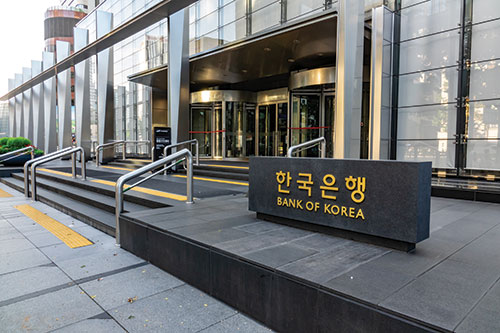
September 22
Warning Signs for South Korea’s Export Growth
According to the Ministry of Trade, Industry and Energy and the Korea Customs Service, South Korea’s exports in August increased by 11.4% year-on-year to $57.9 billion, marking 11 consecutive months of growth. However, concerns are emerging that exports may have peaked. Factors casting a shadow over the outlook include potential US economic cooling, fears of a slowdown in China’s growth, and uncertainty surrounding the US presidential election in November. Some global investment banks have also warned of a potential “peakout” in South Korea’s export growth rates.

October
October 2
Inflation Stabilizes Below 2%, Focus Shifts to Domestic Recovery
In September, the inflation rate hit its lowest level in 3 years and 7 months. While exports and foreign direct investment (FDI) reached record highs, consumer spending and construction investment remained sluggish. In response, the government convened an Ministerial Meeting on Economic Affairs to announce measures aimed at boosting domestic demand. Key strategies include easing regulations on private sector investments to stimulate the construction industry and forgiving debts for vulnerable groups to support consumer spending.

October 9
South Korea Joins World Government Bond Index (WGBI)
South Korea will be included in the World Government Bond Index (WGBI), the world’s largest sovereign bond index. The Ministry of Economy and Finance announced that FTSE Russell, the prominent global index provider based in the UK, plans to add South Korea to the WGBI starting in November next year. The inclusion is expected to stabilize interest rates, reduce funding costs for the government and corporations, and improve liquidity in the foreign exchange market.
October 11
Easing Monetary Policy After 3 Years and 2 Months of Tightening
One month after the United States implemented a significant 0.5 %p rate cut, the Bank of Korea followed suit by easing its monetary policy for the first time in over three years. The central bank lowered the benchmark interest rate by 0.25%p, shifting away from its longstanding tightening stance. The decision was attributed to factors including a drop in the consumer price inflation rate to below 2% last month and a recent slowdown in both housing prices and household debt growth.
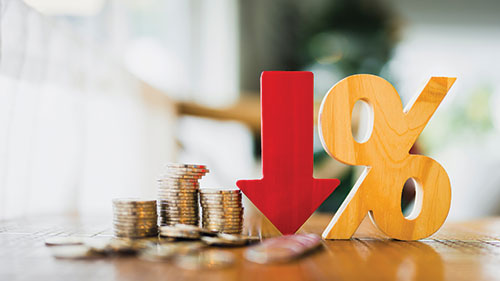
October 14
Growth In Number of Female Employees, Due to the Rise of Workfamily Balance
According to Statistics Korea, the number of female workers in employment between January and August 2024 was 10.152 million. This was the first time since records began (in 1963) that the number of female employees exceeded 10 million. Among the 22.027 million total employees in Korea, the ratio of female workers was 46.1%, also the highest on record. There are high hopes that greater female workforce participation will gather momentum, especially as the economically active population is in decline due to low birth rates and aging in Korean society.
November
November 10
Financial, Trade, and Industry Consultative Bodies Activated to Prepare for the Trump Administration
In preparation for the inauguration of the Trump administration, the South Korean government called for the launch of financial, trade and industry consultative bodies. President Yoon presided over a “Meeting to Review Economic and Security Changes Amid External Shifts” and ordered the immediate operation of the consultative bodies, with the Deputy Prime Minister for Economic Affairs serving as the control tower. Tae-yoon Sung, Chief Presidential Secretary for Policy, noted, “While the new US administration presents uncertainties and challenges, we believe it will also offer numerous potential opportunities depending on our response.”
November 13
Long-term Solutions Urged for South Korean Financial Market
Following the US presidential election, the wondollar exchange rate surged into the 1,410 won range, and continued foreign investor withdrawals put the KOSPI’s 2,400 point threshold in jeopardy. Experts pointed out vulnerabilities in the South Korean economy, which is heavily dependent on specific sectors like semiconductors. With South Korea’s trade with China comprising 23.3% of all Korean trade, which nearly rivals the combined 25.3% Korean trade volume with the United States and Europe, heightened US pressure on China under the Trump administration poses significant risks.
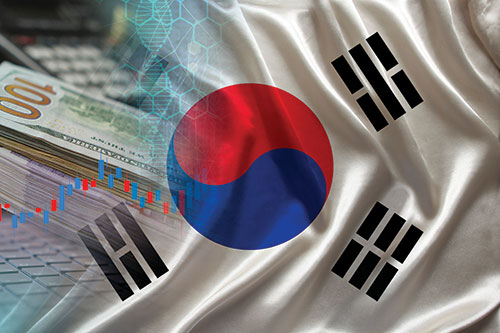
November 15
South Korea’s Top 4 Conglomerates Adapt to “Trump Ideology”
With Donald Trump’s return to power, South Korea’s top four conglomerates are preparing for a challenging business environment. Attention is focused on strategic appointments aligned with “Trump Ideology.” As demands for a US-centric supply chain restructuring are expected to become more explicit and comprehensive, companies like Samsung, SK, Hyundai Motor Company, and LG are anticipated to advance US-expert personnel to key positions in order to liaise with the Trump administration.
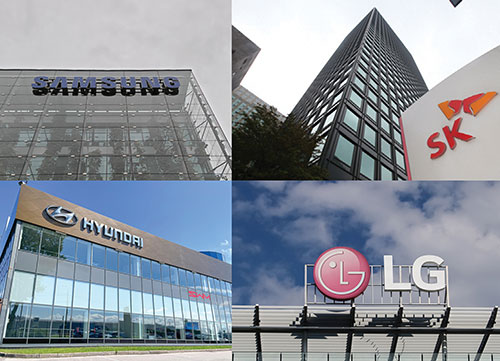
November 28
Surprise Interest Rate Cut Amid Economic Concerns
In a surprising move, the Bank of Korea’s Monetary Policy Board lowered the benchmark interest rate by an additional 0.25%p, reducing it from 3.25% to 3.00%. This decision came amid growing concerns over the bleak outlook for South Korea’s economy and growth prospects. The central bank interpreted the situation as necessitating an interest rate reduction to inject liquidity and stimulate private consumption and investment, aiming to limit the pace of economic slowdown.
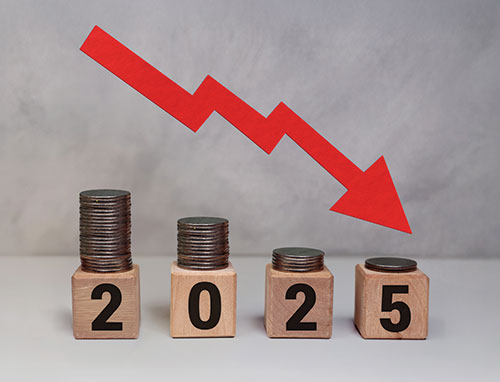
December
December 2
K-beauty, On the Threshold of a Record Export Volume of $10 Billion
The Ministry of Food and Drug Safety (MFDS) announced that as of November, domestic exports of cosmetics marked the highest figure on record at $9.3 billion, exceeding the previous record set in 2021 of $9.2 billion. The MFDS forecast that total cosmetics exports would hit $10 billion by late 2024, considering that monthly export figures consistently exceeded $800 million and the October figure stood at $1.04 billion.

December 3
President Yoon Declares Martial Law
At 10:20 PM, President Yoon unilaterally delivered an urgent national address from the Presidential Office briefing room, declaring emergency martial law. Within two hours, however, the National Assembly acted swiftly to unanimously vote down and lift the declaration. These events sparked concerns both domestically and internationally, with heightened attention on potential political conflicts and fallout leading to discussions of impeachment.
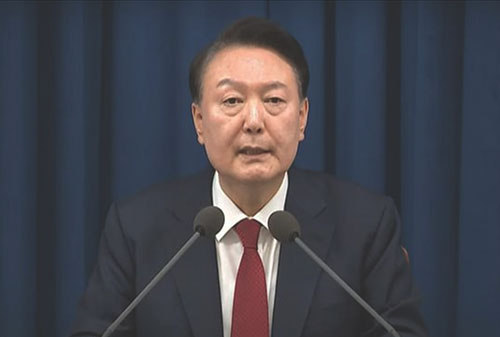
December 17
The Number of the Foreign Workforce in Korea Exceeds 1 Million
For the first time in history, the number of foreign employees working in Korea has exceeded 1 million. According to analyses, factors such as expansions to the Employment Permit System drove the rise in the number of foreign resident workers in Korea. Statistics Korea’s 2024 Survey on Immigrants’ Living Conditions and Labor Force noted that foreign resident workers reported a respectable satisfaction rate of living conditions in Korea, at 84.3%.

December 23
South Korea Becomes a SuperAged Society
As of December 23, 2024, South Korea officially entered the status of a “superaged society,” defined by the United Nations as one where over 20% of the population are aged 65 or older. According to the Ministry of the Interior and Safety, 20% of registered residents were 65 or older as of that date. Deputy Minister Min-jae Kim, said, “As the proportion of the population aged 65 and above has exceeded 20%, there is an urgent need for more fundamental and systematic measures, including the establishment of a governmental department dedicated to addressing the population issue and to develop.”
